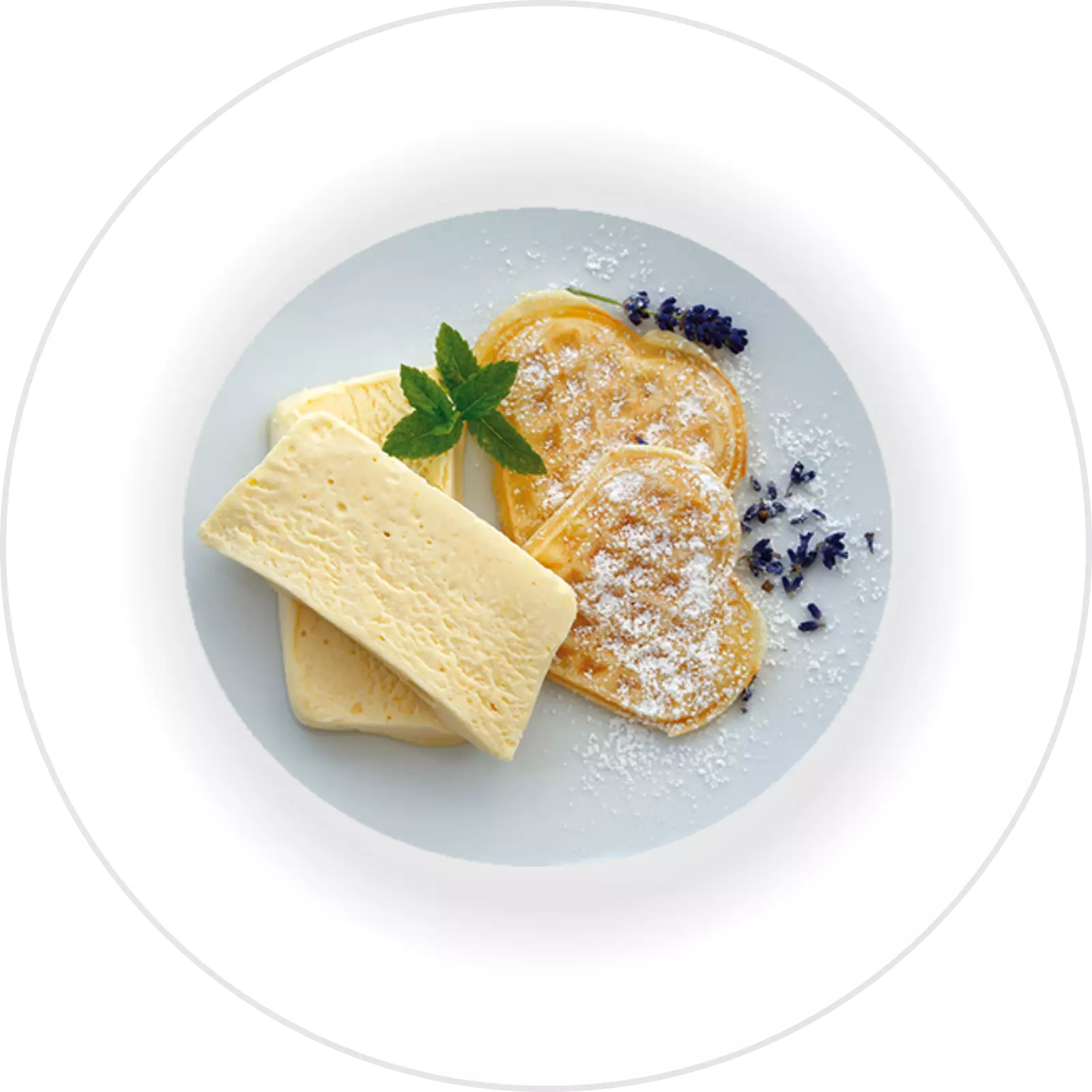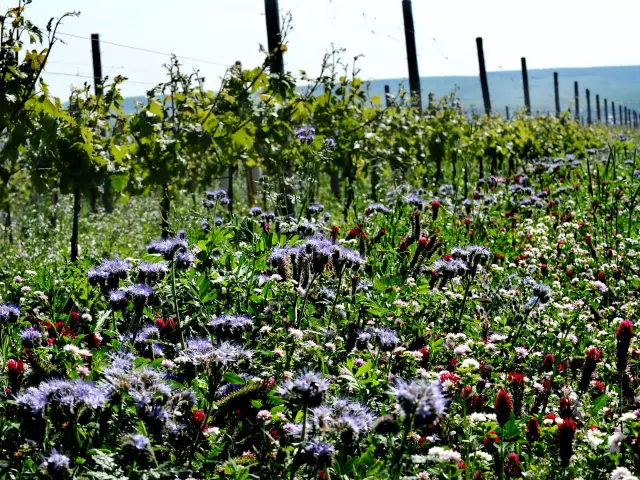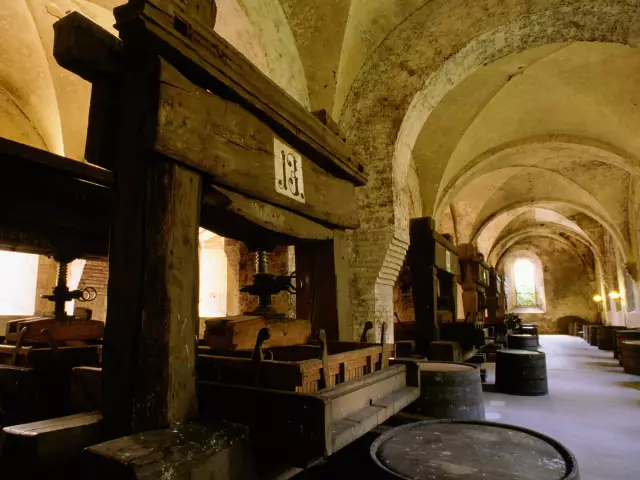Orange Wine
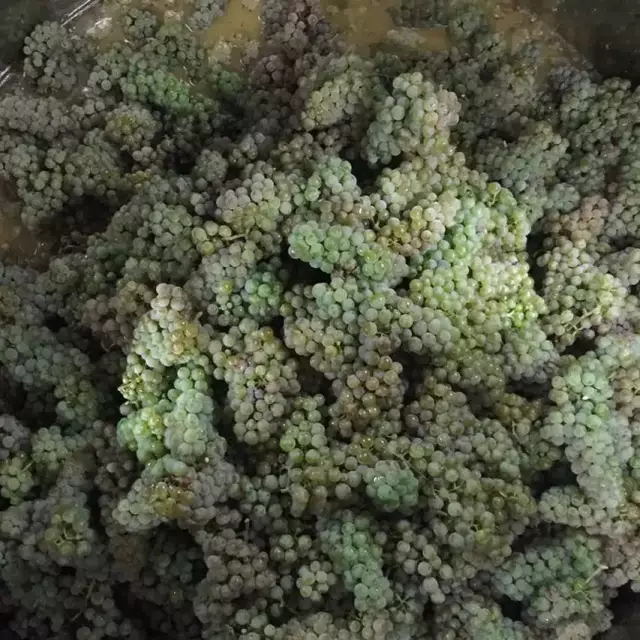
Orange wines get their name from their orange to amber color. It is created during maceration through weeks to months of contact with the tannic grape skins and pips.
Orange Wine - A polarizing type of wine
Orange Wine has been the subject of major discussions in the wine scene for several years, although its market significance has so far been very low. The German Wine Institute (DWI) provides information about the "fourth" wine color.
Name and origin
These wines take their name from their orange to amber color. This occurs during long contact with the grape skins whilst the mash ferments, a process that usually only occurs in red wine production. However, in contrast to the latter, after mash fermentation, the grapes are then often not pressed until weeks or months later. Due to this extended contact with the tannic skins and grape seeds, more tannins and color pigments are extracted than is usually the case for white wines.
Orange Wine can be produced both with traditional methods, such as maturing in amphorae, or with the help of more modern techniques in steel tanks or wooden barrels. Common to all is the long maceration time which shapes the character of the wine more than the storage container. It is also important that the wines are pumped as little or not at all and stored until they are fully fermented. This also makes them microbiologically stable so that they can be filled untreated and unfiltered. The use of sulfur as a preservative is also avoided as far as possible, sometimes completely. Nevertheless, they can usually be stored for a very long time and often only develop their potential after several years. Many orange wines come from organic or biodynamic cultivation, but this is not a requirement.
For the winemaker, it is not entirely risk-free to leave the wine to itself for months because this can quickly lead to off-flavours. On the other hand, this form of winemaking is very attractive for more and more producers because it offers the chance to produce extremely complex and full-bodied wines away from the mainstream.
Taste and aroma
Orange wines are extremely complex and full-bodied wines with a tannin-like texture that gives them a certain opulence. The characteristics so typical of white wine, clear fruit and brilliance, are hardly present. Instead, earthy, spicy and oxidative notes predominate, which are sometimes reminiscent of naturally cloudy apple juice, walnuts or cocoa powder. It can be hard to recognize the familiar character of a grape variety.
Orange wines can be very good food companions. In Denmark, for example, they are also often recommended in top restaurants by sommeliers.
History
The Orange Wine movement goes back to the ancient way of vinification in huge clay amphorae buried in the earth, known as Quevris, It can be traced back to early times in Georgia and has been preserved there until today. At the end of the 1990s, it was rediscovered beyond the borders of Georgia in western Europe and has now spread to the entire wine world via Italy.
What is the name of the handmade clay amphorae used for thousands of years?
Their name is Qvevri, they usually hold up to 2,000l. Buried in the ground until opened, the wines are naturally cooled and protected from oxidation. The fine-pored clay allows the wines to age gently and slowly.
Varietals

More recipe ideas
with herb crust Roast turkey
with herb crust
- 600 Gramm Putenbrust am Stücke
- 0,25 Liter Weißwein
- 0,25 Liter Gemüsebrühe
- 4 ganze Tomaten
- 4 Scheiben Toastbrot
- 2 ganze Eier
- 2 Stück Zwiebeln
- 75 Gramm geriebener Emmentaler
- 1 Stange Porree
- 1 Bund Schnittlauch
- 1 EL Olivenöl
- nach Belieben Salz & Pfeffer
Wash the meat, pat dry and cut a deep pocket lengthways. Crumble the toast. Wash and chop the herbs, peel and dice the onions.
<p
<p>Preheat the oven to 200°C (top and bottom heat). Place the bread, herbs, onions, cheese and eggs in a bowl, mix thoroughly and season. Stuff 2/3 of this mixture into the turkey breast. Pin the opening with wooden skewers and tie up crosswise with kitchen twine. Place the roast in a roasting tin and brush with oil.
Roast in the preheated oven for approx. 1 hour. Gradually pour in the white wine and vegetable stock.
<p
<p>Clean and wash the vegetables. Cut the leek into pieces and add to the roast with the whole tomatoes after 30 minutes.
About 20 minutes before the end of the cooking time, spread the remaining third of the herb mixture over the roast and finish cooking.
Arrange on plates with the vegetables and serve. Serve with rice.
- Pinot Gris (trocken)
- Chardonnay (trocken)
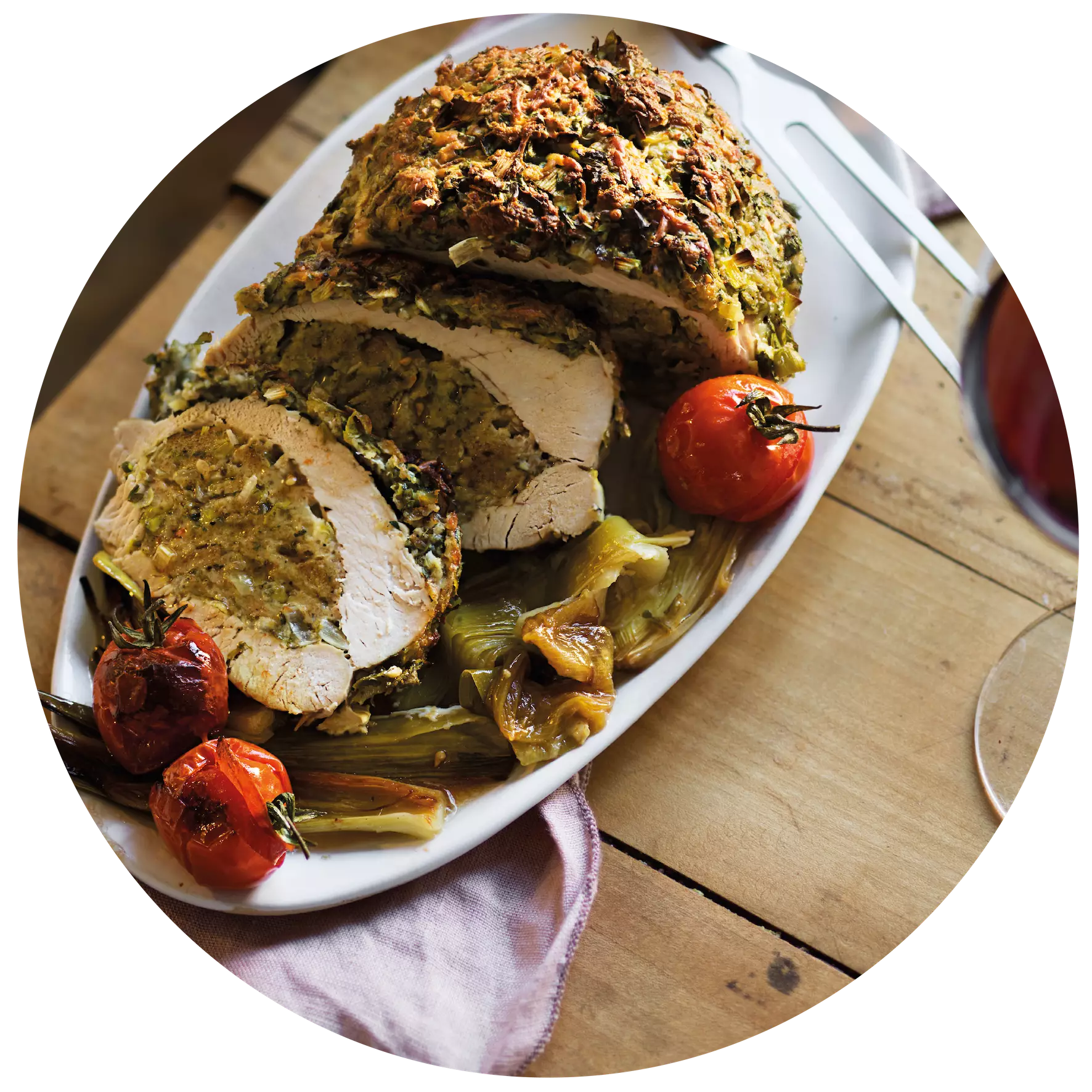
with honey and thyme Goat's cheese tower
with honey and thyme
- 1 großer Apfel
- 1 Rolle Ziegenkäse
- 4 Scheiben Bacon
- 4 TL Honig
- 1 TL Thymian
- 4 Blätter Eichblattsalat
- frische Zweige Thymian zum Garnieren
- nach Belieben Salz & Pfeffer
Preheat the grill to the highest setting.
Fry the bacon slices without fat in a non-stick frying pan until crispy and drain on a piece of kitchen paper. Leave the rendered fat in the pan.
Wash the apple, core it with a corer and then cut it into four, approx. 1 cm thick slices. Slowly fry the apple slices in the remaining bacon fat until just cooked, using the tip of a knife to check the doneness. Place the apple slices in a lightly greased baking dish, sprinkle with thyme and place a crispy fried bacon slice on top of each one.
Divide the goat's cheese into 4 thalers and place one thaler on each apple slice, sprinkle with thyme again and drizzle with 1 teaspoon of honey.
Bake under the grill until the cheese is lightly browned.
Serve the goat's cheese and apple tartlets on a lettuce leaf or, if you prefer, on a bed of lettuce (add a honey-flavoured dressing)
- Dornfelder (halbtrocken & feinherb)
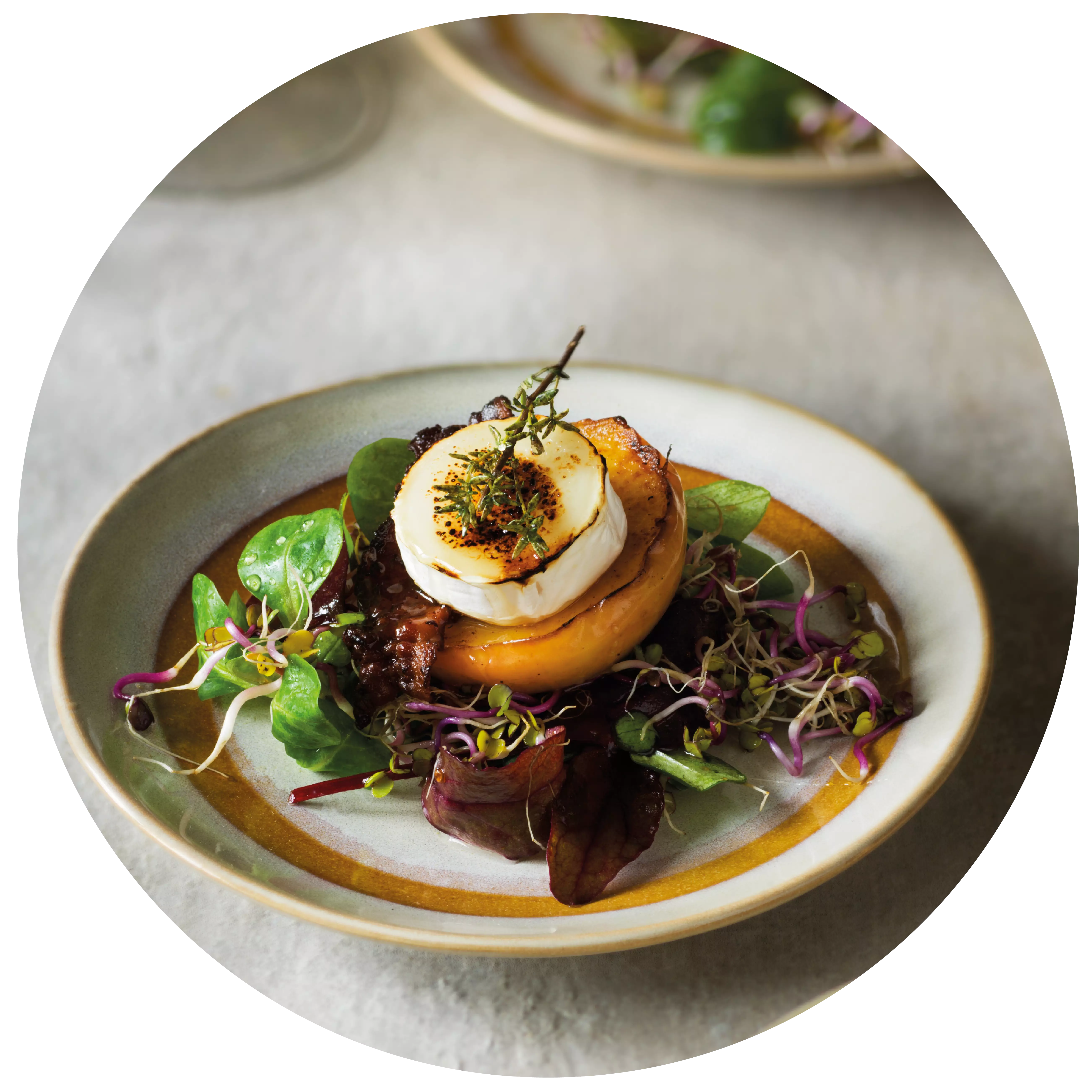
with apples and nuts Tarte flambée
with apples and nuts
- 250 Gramm Weizen- oder Dinkelmehl
- 150 Gramm Crème fraîche
- 150 Gramm körniger Frischkäse
- 2 säuerliche Äpfel
- 1 - 2 Zwiebeln
- 30 Gramm Walnüsse oder Haselnüsse
- 15 Gramm Hefe
- 1 EL Zucker
- 2 EL Olivenöl
- 2 Zweige frischer Thymian
- Nach Bedarf Salz & Pfeffer
- 200 ml warmes Wasser
For the yeast dough, sieve the flour into a bowl and make a well in it. Dissolve the yeast in a little warm water and pour into the well. Cover the bowl with a cloth and leave to rise for 10 minutes. Then knead the pre-dough with the dough hook of a hand mixer and gradually work in the warm water, the oil and a teaspoon of salt. Leave the kneaded dough to rise until it has doubled in volume (approx. half an hour, in a warm place).
Cut the onions into wedges. Roughly chop the nuts. Core the apples, cut into slices (the thicker the apple slices, the juicier the tarte flambée) and sprinkle with the sugar.
<p
<p>After resting, divide the dough and roll out each half on a baking tray lined with baking paper. Preheat the oven to 220 °C (top and bottom heat)
Spread the crème fraîche evenly over the tarte flambée and top with the apple slices and onion wedges. Spread the fresh cheese on top and sprinkle with the walnuts. Sprinkle with a little salt and pepper.
Bake on the lowest shelf for 12-15 minutes and sprinkle with the fresh thyme before serving.
- Riesling (halbtrocken & feinherb)
- Riesling (lieblich)
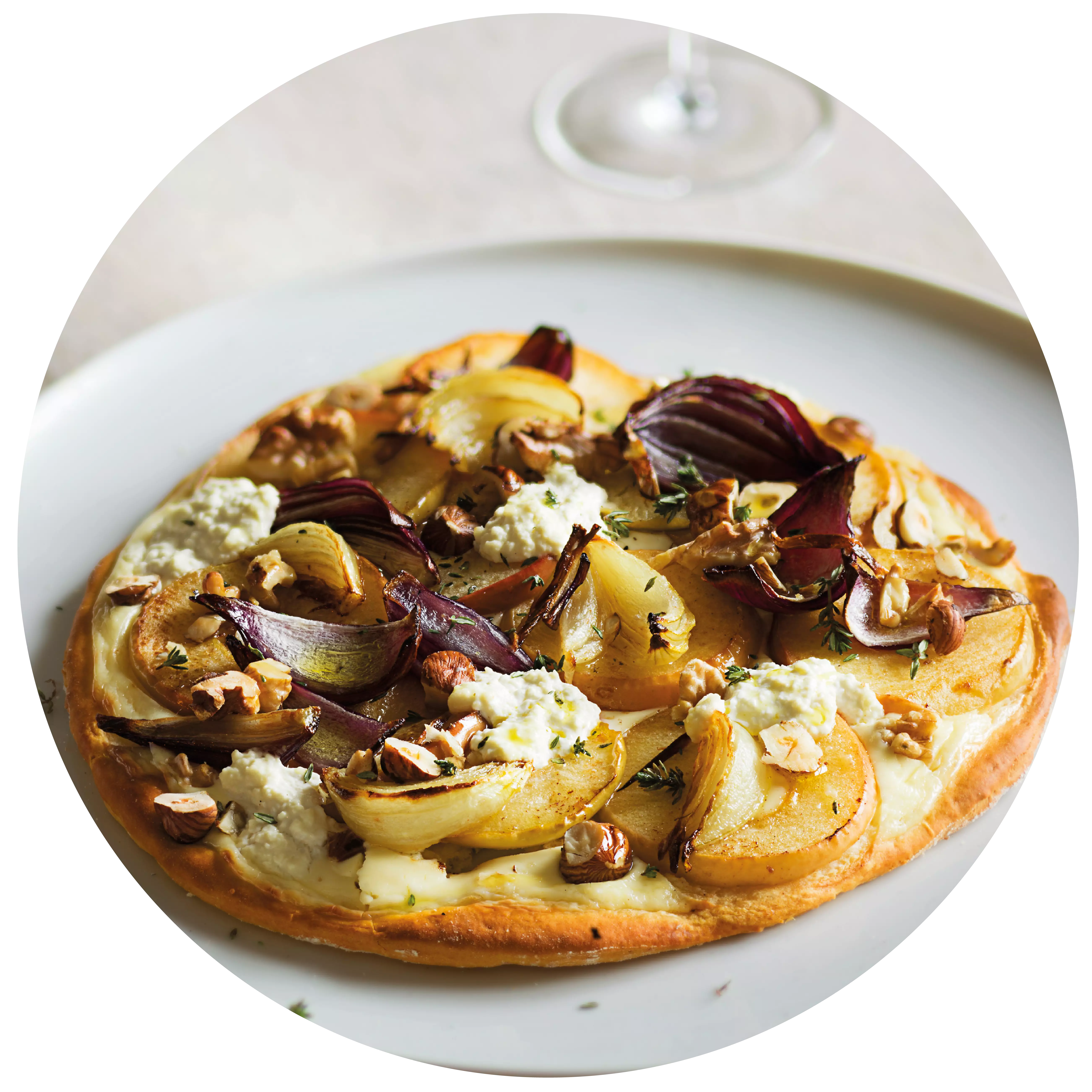
with semi-frozen goat's milk Lavender waffles
with semi-frozen goat's milk
- 2 Stück Eigelb
- 60 ml Ziegenmilch
- 500 Gramm weiße Kuvertüre
- 125 ml Sahne
- Abrieb und Saft einer halben Orange
- 2 cl Tresterbrand
- 8 Blatt Minze
- 125 Gramm Mehl
Semi-frozen goat's milk: Beat the egg yolks and goat's milk in a bowl over a hot bain-marie until creamy. Remove from the bain-marie and beat the cream until cold. Flavour with the zest of the orange and the marc brandy.
Liquefy the couverture in a bain-marie and stir into the lukewarm egg mixture. Whip the cream until stiff and carefully fold in. Line a parfait tin (triangular or gutter shape) with cling film. Pour in the mixture and smooth out. Cover well with cling film and leave to freeze in the freezer for at least 8 hours.
About 20 minutes before serving, remove the mould from the freezer and turn the parfait out of the mould. Remove the foil and cut the semi-frozen parfait into 8 slices.
<p
<p>Lavender wafers: Lightly mash the butter in a mixing bowl with a fork. Add the sugar and stir a little. Add half of the milk, the lavender sugar and the baking powder. Stir in the eggs and finally the rest of the milk. Mix everything well with a hand mixer for about 2 minutes to create a homogeneous, slightly liquid mixture. Bake the batter in batches in a waffle iron until golden brown.</p
<p>Arrange 2 slices of semifreddo on each waffle on a flat plate and decorate with mint leaves.
- Riesling (halbtrocken & feinherb)
